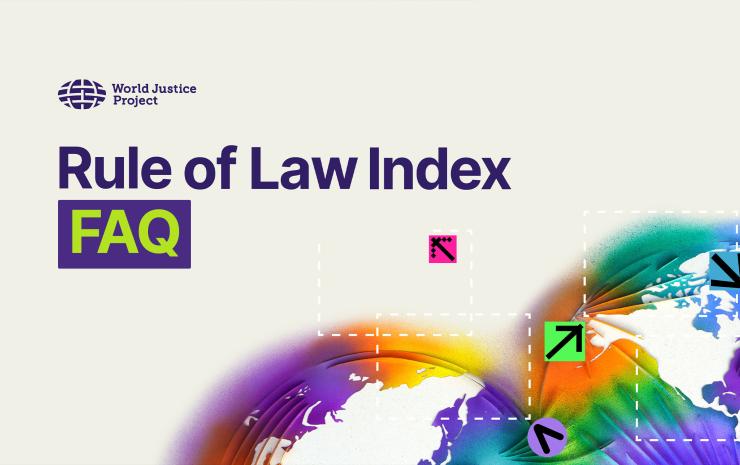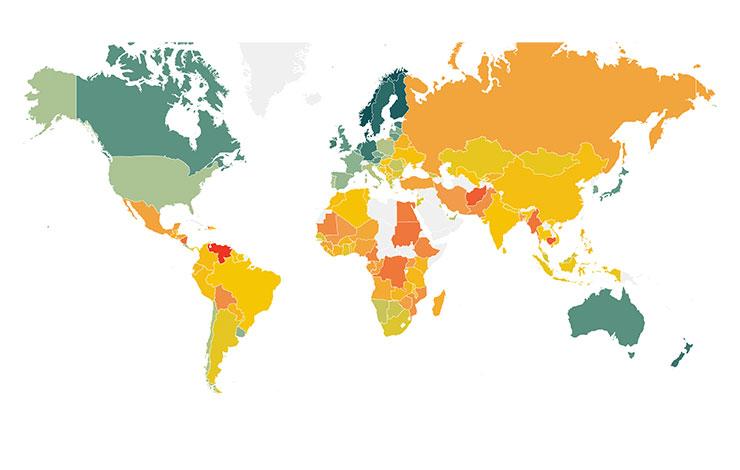
The Constitution of India is the longest written constitution of any sovereign state in the world. In spite of the verbosity of its constitution, that sovereign state is home to the world’s largest number of illiterate persons (United Nations Development Programme (UNDP) Report 2011). Despite some recent economic advances, this state presents a Greek tragedy of stone-hearted indifference to arguably the largest number of disadvantaged people in a country.
The author asserts with confidence that there no one in the world who has read the entire Constitution of India with all its 448 articles in 24 parts, 12 schedules and 97 amendments from cover to cover. The reason is simple. It is not such a readable document. Some assertive ones will contest the above claim and seek to browbeat the author with their intellectual prowess. They will claim that they have completely and continuously read the Constitution of India… these are bureaucrats, judges, members of the Parliament of India…who are paid public money to make a career out of reading, interpreting and occasionally changing the constitution.
The Constitution of India remains like the proverbial elephant being touched in different parts by many blind men, coming up with their own interpretation of the nature of the creature. There has been a running debate on the “basic structure” of this document for pretty much since its inception, including a landmark Supreme Court judgement in 1973.
This is the unwieldy and incomprehensible Rule Book that is supposed to guide the daily lives of the people of India and their municipalities, state and federal governments and the relations between them. No wonder no one really knows what is going on in India, except those who claim special knowledge or forbearance, of which unfortunately there is quite a few. And no wonder the country’s progress is being held back because there is no unanimity of understanding on the set of rules.
Obfuscation of the rules, deliberate or accidental, plays into the hands of a government and bureaucracy keen to exercise and perpetuate its rule over the people. Successive amendments have progressively diluted, restricted and sometimes abrogated, the original “Fundamental Rights” of the citizen enshrined in the constitution in 1949. Of course it is all done in the name of the betterment of the people who are thus shackled.
Contrast the ninety seven times amended Constitution of India with the constitution of the United States. The American has been amended a total of twenty seven times in its history. Successive amendments have upheld the inviolate nature of the freedom of the citizen. As a matter of fact the first ten amendments to the American Constitution are called the “Bill of Rights” which strengthen individual rights vis a vis the government and law makers.
Is it at all possible that Indians deserve to give themselves a Constitution, the Rule Book to run their lives, which can be bedtime reading at most? A document which can be explained succinctly and simply by those who have read it, to those who do not know how to read?
The above rhetorical questions, the author believes, need to be answered quickly in the affirmative, not only for the world’s largest democracy to amble along at a faster clip, but also to effectively reverse the centuries old degradation of the average disadvantaged Indian.







